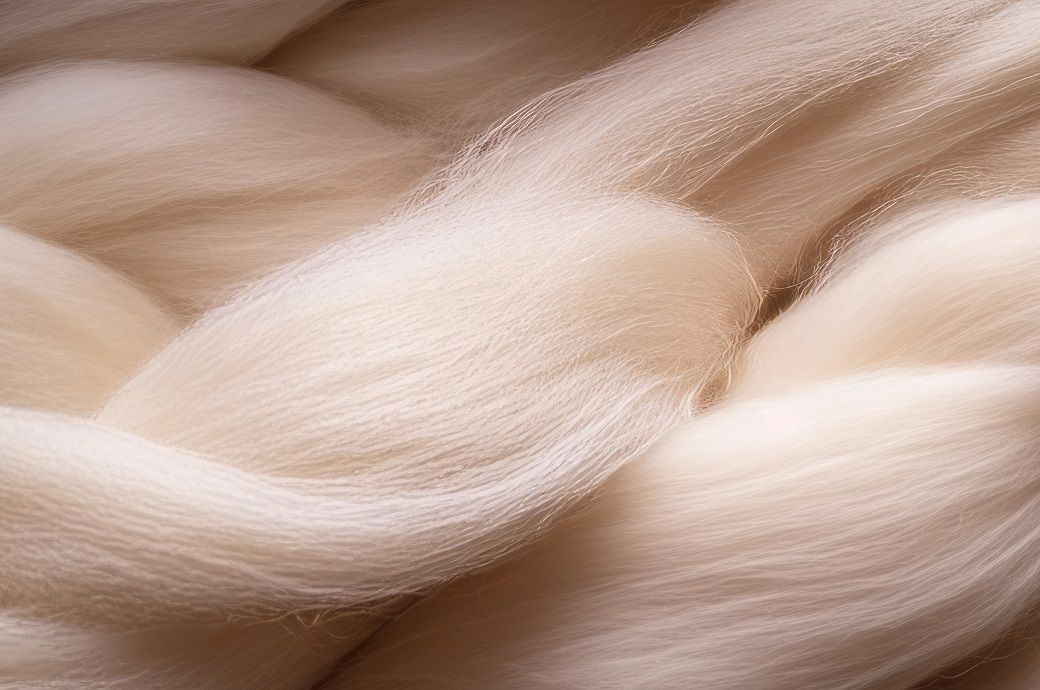
Wool growers continue to be in a selling mode, with 95.3 per cent of all wool offered being sold. In particular, the merino sector saw almost 97 per cent of its breeds sold. Most of the wool lots that were not sold belonged to the crossbred and carding/carbonising categories, the Australian Wool Innovation Limited (AWI) said in its commentary for sale week 16 of the ongoing Australian wool marketing season.
Currency fluctuations offered a positive backdrop for the wool market. The Australian dollar fell 0.65 per cent against the US dollar, lessening the impact of depreciating levels and making the wool more attractive to international buyers. The Chinese yuan and Euro also favoured local AUD prices, providing a buffer against the rising costs at auctions.
The Western Australian indicator (WMI) in AUD appreciated by 2 per cent over the week, marking gains between 35ac to 45ac per clean kg. In USD terms, the indicator increased 1.3 per cent, reflecting overseas and local buyers' willingness to accommodate the higher prices, the AWI commentary added.
Chinese demand has played a vital role in bolstering the Australian wool market. Alongside China, India and Europe also contributed to the market's competitive nature, albeit to a lesser extent. The latest economic data from China indicated a better-than-expected growth in the third quarter, signifying a tentative recovery and solidifying China's position as a primary market for Australian wool.
Looking ahead, 39,000 bales are set to be sold next week, following a Tuesday and Wednesday schedule.
Fibre2Fashion News Desk (KD)